Pictured at left is the menu from Poppy, the Seattle restaurant we visited. Read on for more about it.
Our last night of the trip, we opted to spend in Seattle. The plan was to enjoy walking around Pike Place Market some and to have a non-descript dinner somewhere nearby since we had enjoyed our sumptuous dinner at The Willows Inn on Lummi Island the night before. We thought we might never want to eat again after that meal, but actually we weren’t overly stuffed since all the courses were small and many of the offerings were called “snacks.”
Leaving Lummi Island, the last morning we took the passenger ferry back to the mainland after having had a delicious breakfast at the Beach Store Café (by the ferry dock) for the 2nd day in a row (there isn’t any other place to eat on the island except the Willows, and that’s dinner and by reservation). Our rental car was right where it should have been, and we tootled off in the direction of Seattle. We stayed at a very nice hotel close to the Pike Place Market, at The Inn at the Market.
Actually, I forgot to even mention that before we visited Lummi Island, we spent one night in North Van (short for Vancouver) at a lovely, LOVELY B&B that I’d highly recommend. ThistleDown House, on a pretty tree-lined street. We had a delicious dinner at a restaurant about 3/4 mile away in the small village of Edgemont, at Canyon, a newly designated Michelin 1-star restaurant. The restaurant doesn’t have a website (how can that be? but I couldn’t find one) so I’ve provided the link to Trip Advisor’s site for it. Food was good; service was slow, but I think it’s because the chef (old school kind of one, I believe) cooks to order. We were very pleased with our meal. Anyway, the next day we drove slightly east of Vancouver to cross the U.S. border at a less-busy location (called the Sumas crossing, near Abbotsford) and headed south to our 2-night stay at Lummi Island.
Now, let’s get back to the Seattle section again. We happened to end up there on a Saturday night. Had NO idea whatsoever what kind of zoo the Pike Place Market would be on a busy, sunny, Saturday afternoon. It was mayhem. We searched for one particular store (to buy their signature Cinnamon Orange Tea) and couldn’t get out of Pike Market fast enough. The guys were throwing fish at the landmark fish market there, as they do, and the crowds went wild.
Some ladies on Lummi Island had recommended we make a reservation for dinner at Poppy, a Seattle Capitol Hill restaurant, known because of the chef, Jerry Traunfeld. He made his name famous for the years he created the menus and food at The Herbfarm, a stunning place east of Seattle in Woodinville. That restaurant burned down a few years ago (and has since reopened). Meanwhile Jerry moved on, opening this restaurant with a very unusual menu and food style. They serve dinner on a round platter with lots of little plates on it. Here’s what their website says about it:
[The] inspiration comes from the “thali,” a platter served to each guest holding a variety of small dishes. Poppy’s menu borrows the idea of the thali to present Jerry’s own style of northwest cooking, highlighting seasonal ingredients, fresh herbs, and spices. it’s a modern northwest tasting menu served all at once.
A Thali (tal-ee) is a Hindi or Nepalese word. But the food at Poppy wasn’t all about that region – it was various cuisines. First, we ordered one of their signature appetizers – eggplant fries with sea salt and honey. OH my goodness was that ever fabulous. 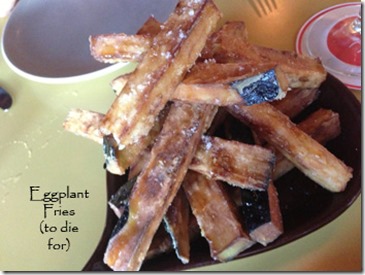
When brought to our table, they were almost smoking hot. You can see a tiny bit of skin front-and-center on one of them (no big deal). The sea salt was clinging to the fries and the honey was very lightly drizzled. We let them sit for just a minute to cool down enough so we could pick them up.
This dish was an absolute revelation. If you go on the internet and search for “eggplant fries” you’ll find a few recipes for it – have no idea if any of them are the same as Poppy’s, but I’d sure like to know how to make them. They were THAT good!
I don’t know that I’ll ever really prepare them – I try not to cook anything fried like that, but oh, I might be tempted because these were so delicious. Soft inside and barely crispy on the outside. The salt was just the perfect amount and the very light drizzle of honey was so fun and it put these over the top in the flavor department. 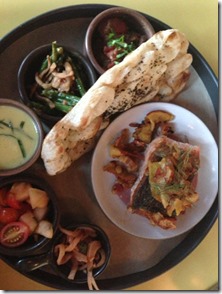
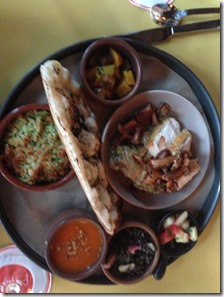 Here are photos of the 2 thalis we ordered. I can’t even remember for sure what we both ordered (I had salmon, but that’s as much as I recall – I think it’s the one on the left). Naan bread is in the middle of both. There’s a pickle in one of the dishes, some veggies, a salad kind of thing and soup. We both loved our plates and the varied tastes each item provided. I’d definitely go there again if I lived in Seattle. The chef was there the night we dined – I asked the waitress to point him out to me. The very large kitchen was glassed in so you could see some of what was going on inside. Out behind the restaurant there is a very large herb garden (guests are invited to go visit if they want to – I did). I don’t recall that anything was labeled, but gosh, it was a riot of scents.
Here are photos of the 2 thalis we ordered. I can’t even remember for sure what we both ordered (I had salmon, but that’s as much as I recall – I think it’s the one on the left). Naan bread is in the middle of both. There’s a pickle in one of the dishes, some veggies, a salad kind of thing and soup. We both loved our plates and the varied tastes each item provided. I’d definitely go there again if I lived in Seattle. The chef was there the night we dined – I asked the waitress to point him out to me. The very large kitchen was glassed in so you could see some of what was going on inside. Out behind the restaurant there is a very large herb garden (guests are invited to go visit if they want to – I did). I don’t recall that anything was labeled, but gosh, it was a riot of scents.
Our trip was really a good one – I am going to pat myself on the back that I planned a workable itinerary for us. What I did differently this time was allow us to stay 2 nights most places. I’ve written up a synopsis itinerary below – it’s a pdf – of where we went, what we did and where we ate.





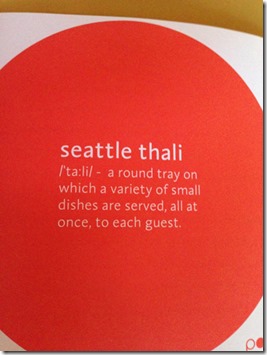

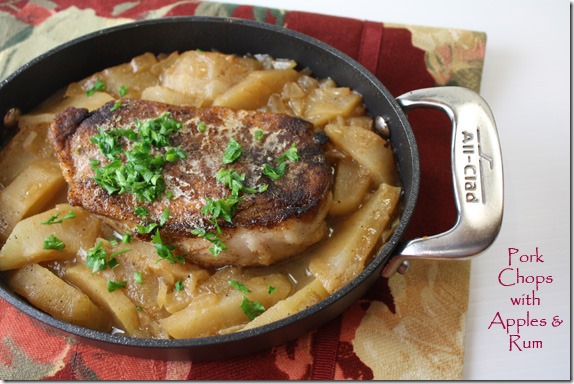
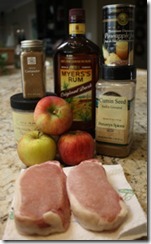
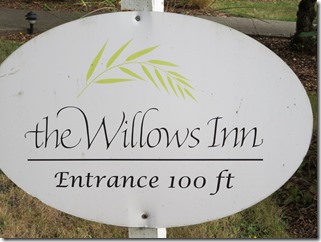
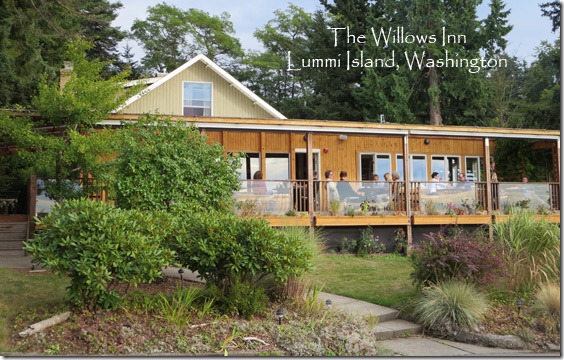
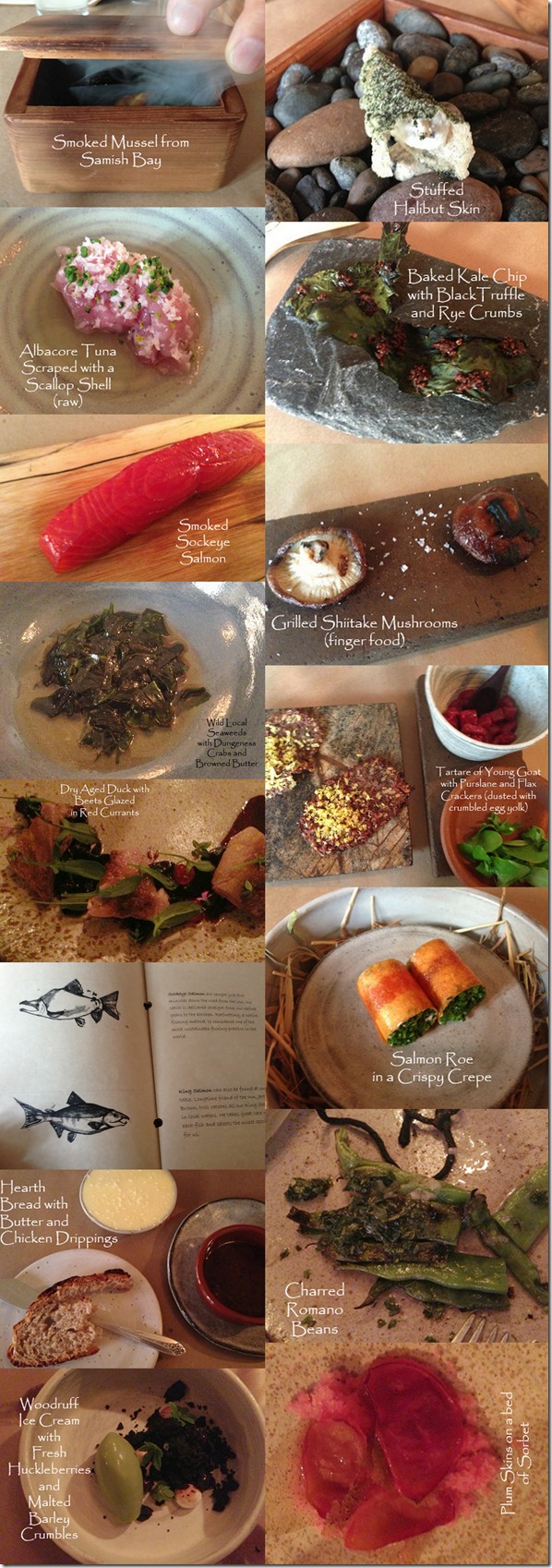
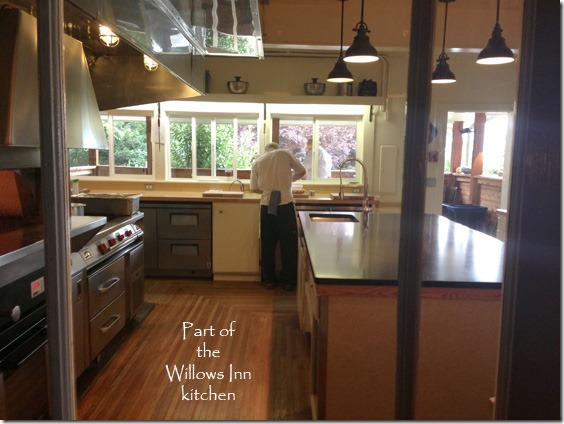
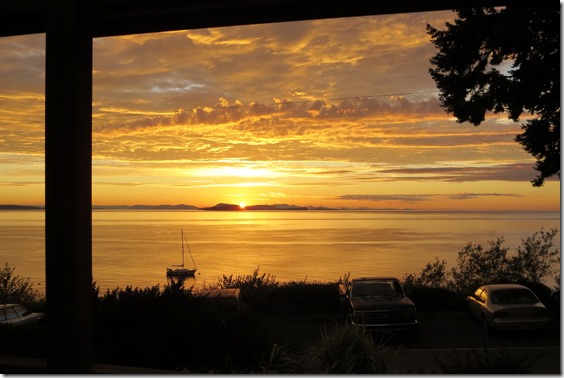
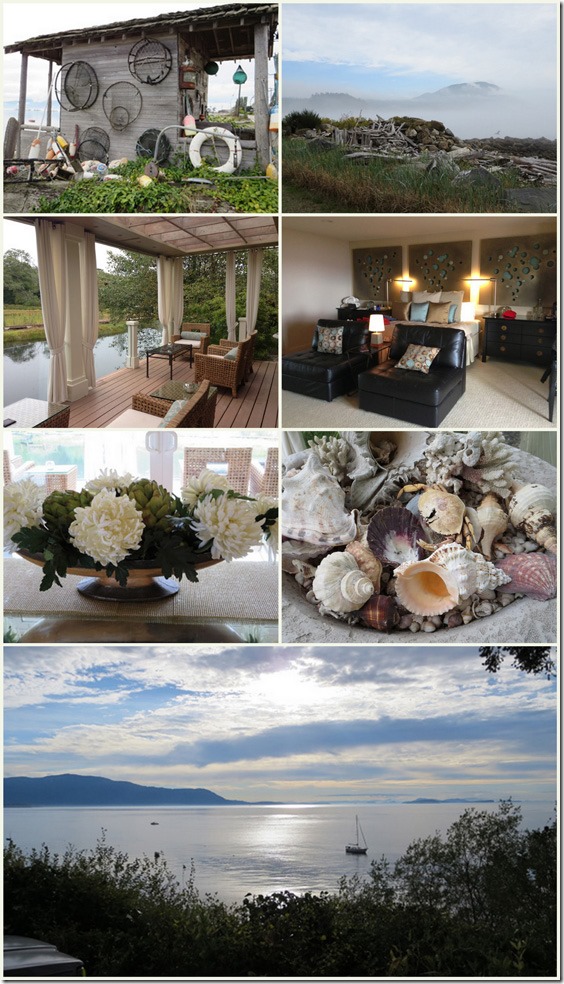
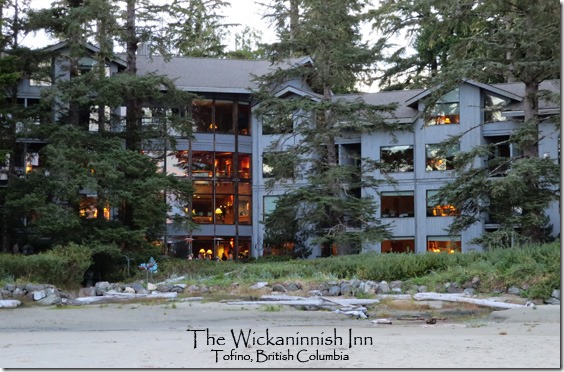
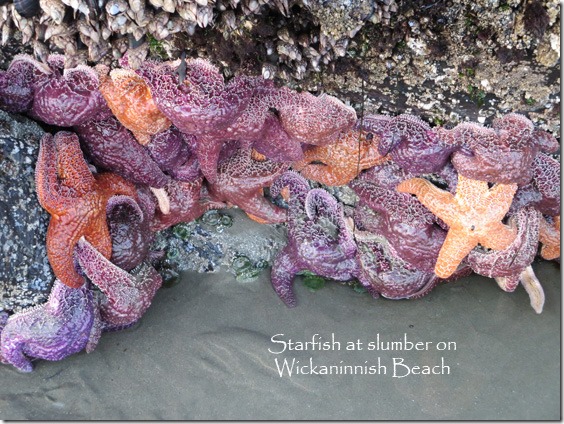
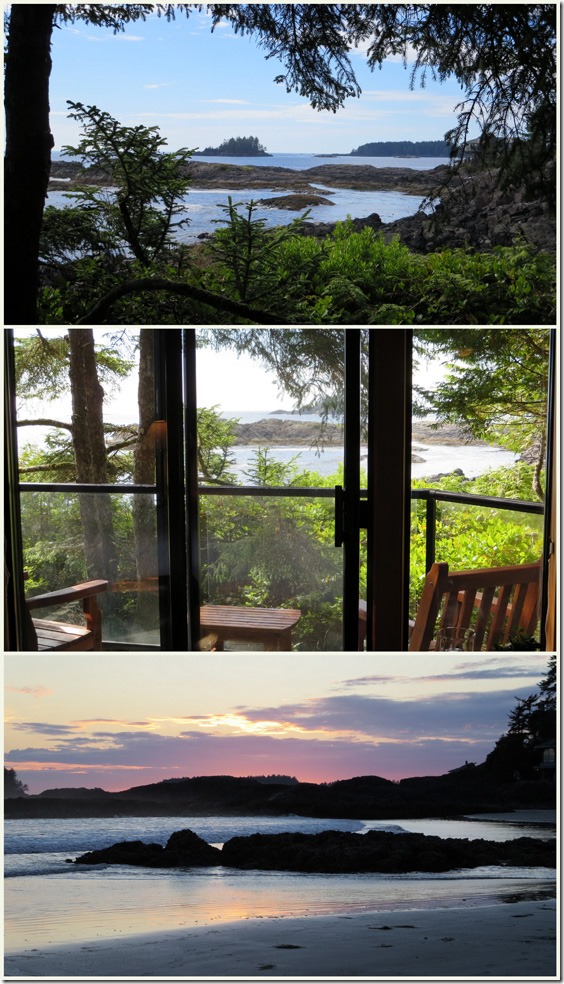
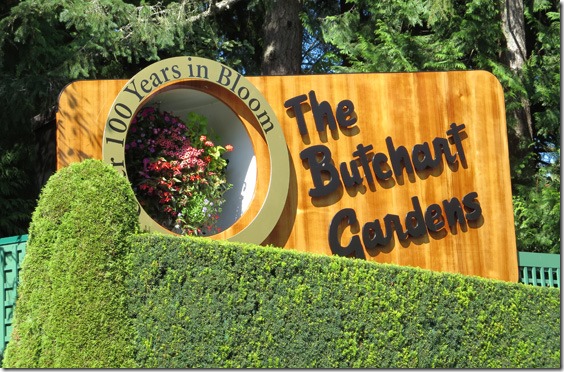
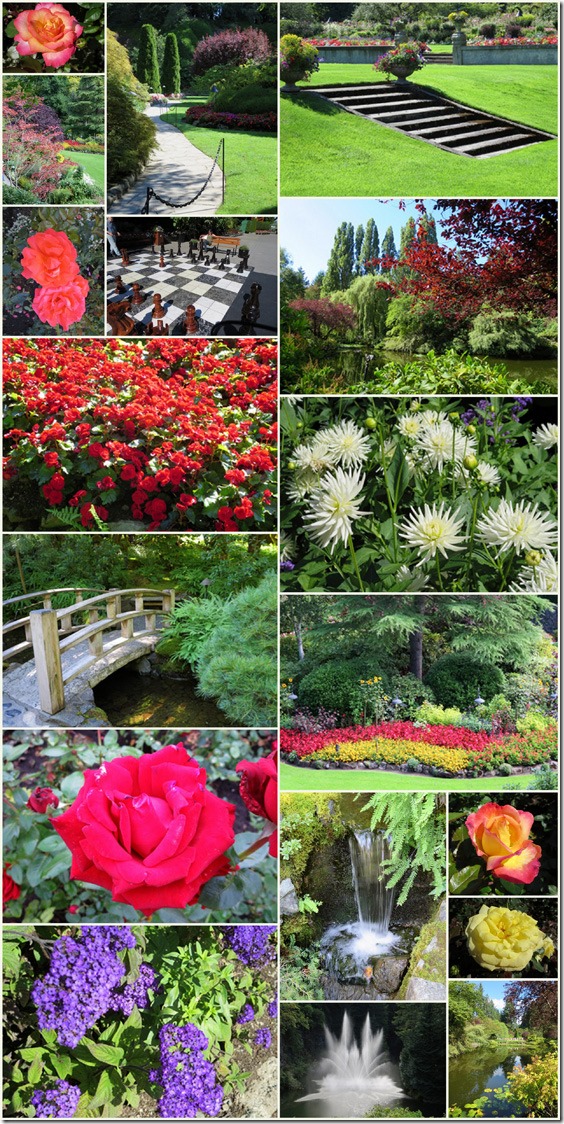
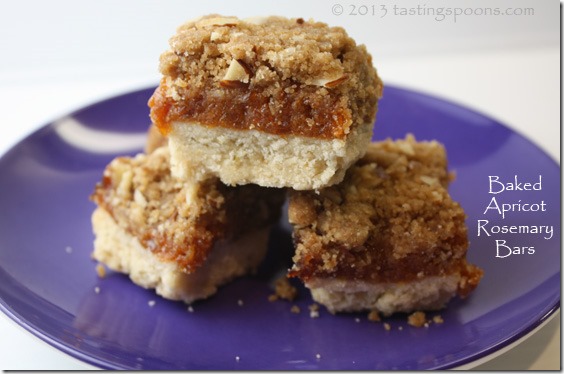
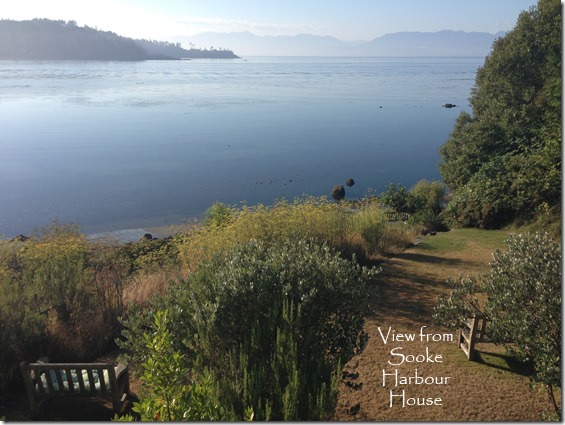
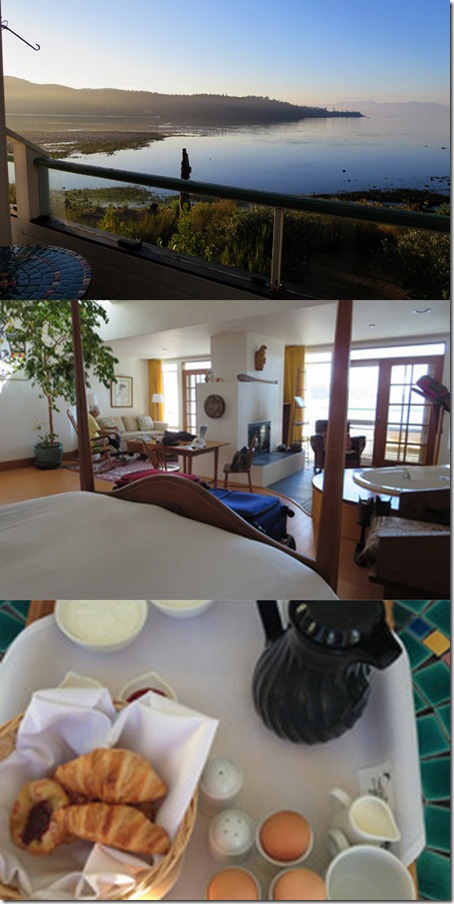
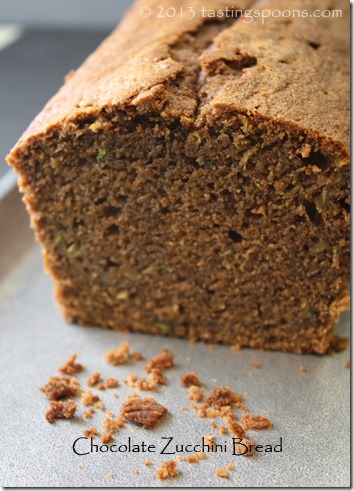
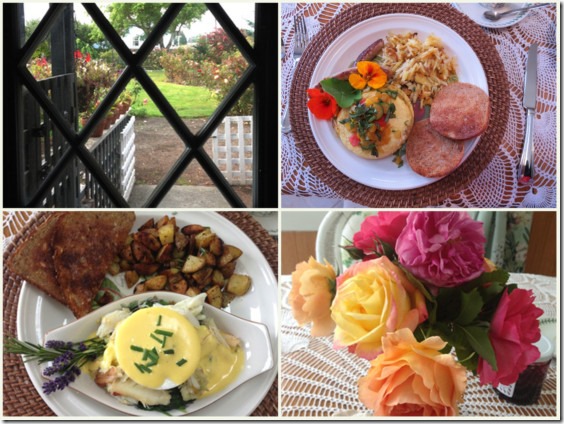
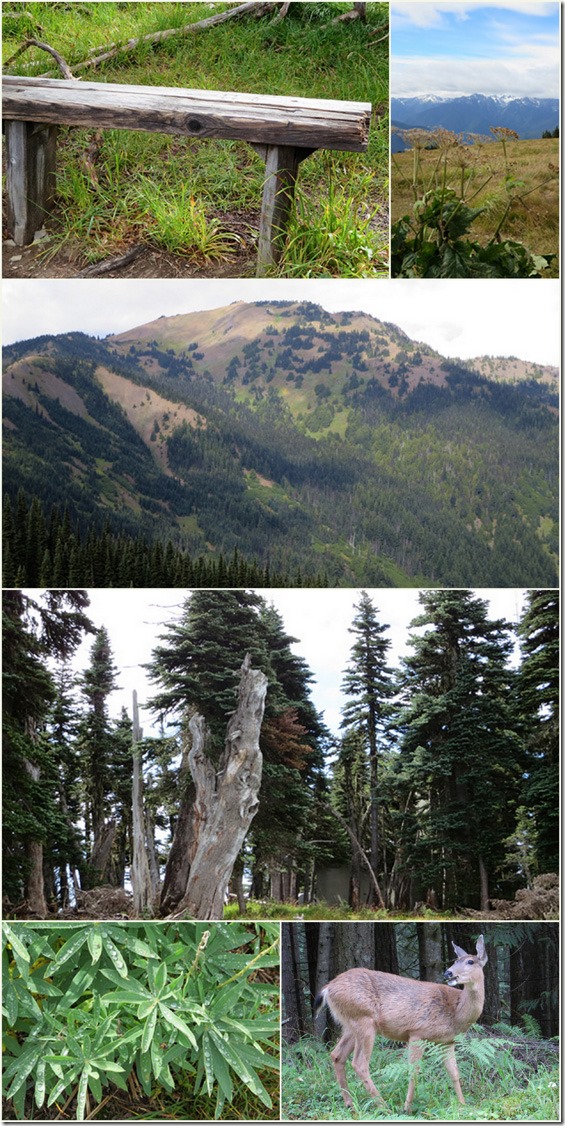
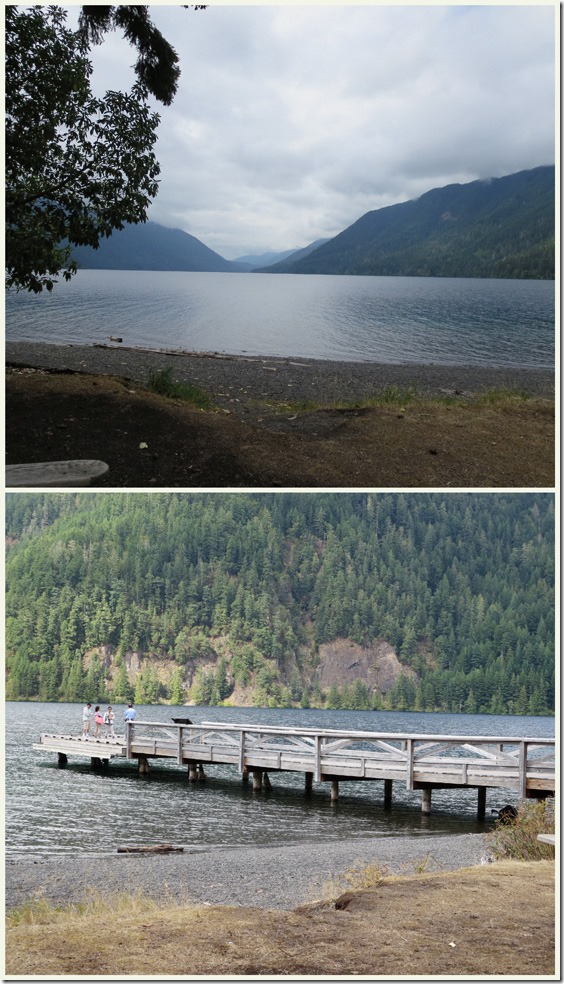
Leave a Comment!